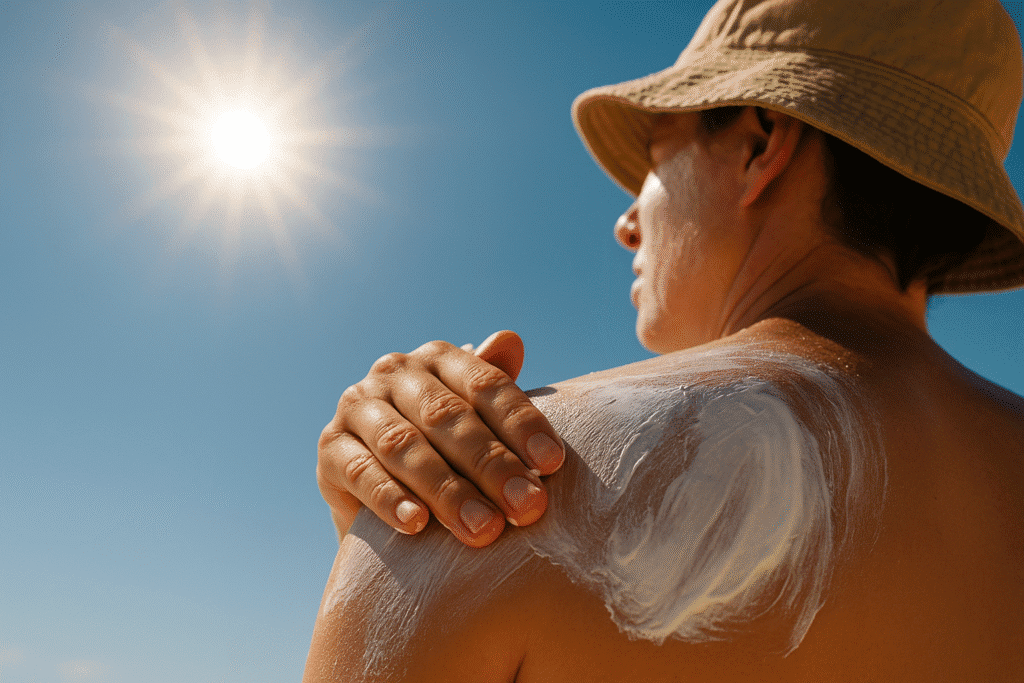We’ve been told a simple story for decades: the sun causes skin cancer, sunscreen prevents it. But like most nutrition and health advice, the truth is a lot more complicated — and a lot more inconvenient for the sunscreen industry.
The real danger isn’t the sun. It’s what’s happening inside your body when you step into it.
Quick note: Some of the links in this post are affiliate links. As an Amazon Associate I earn from qualifying purchases. These are products I personally use and support, and sharing them here helps keep Paleo Palette running at no extra cost to you.

The Sun Isn’t the Enemy
Think about it: the sunniest regions on Earth — like equatorial Africa or Polynesia — have some of the lowest rates of melanoma. People there live with intense sun exposure year-round. So why don’t they fry and drop from skin cancer?
Because their biology isn’t inflamed, oxidized, and fragile the way ours is in the West.
And look back at our ancestors: humans spent the majority of their lives outdoors. Hunting, gathering, farming — all under the sun, often for hours a day. Yet rates of melanoma were incredibly rare before the industrial food era. They didn’t slather on chemical sunscreen. They didn’t hide indoors. Their skin was resilient because their diet and lifestyle supported it.
The Real Culprit: Seed Oils and Oxidative Stress
When you eat polyunsaturated seed oils (canola, soybean, safflower, sunflower, etc.), those unstable fats get incorporated into your skin and cell membranes. They oxidize under UV light, creating free radicals that damage DNA, proteins, and collagen.
That’s oxidative stress — the actual trigger for cellular mutations that can lead to cancer.
In other words, it’s not the sunlight. It’s the toxic oils in your diet reacting to the sunlight.
This explains why rates of melanoma have exploded as seed oil consumption has skyrocketed.
Why Sunscreen Isn’t the Answer
Most commercial sunscreens aren’t “protecting” you — they’re making things worse.
- Chemical filters (oxybenzone, avobenzone, octinoxate, etc.) → endocrine disruptors, hormone mimics, and some are banned in countries for environmental damage.
- Seed oils in formulations → many lotions and sunscreens sneak in sunflower or soybean oil as a base. Put it on your skin, then add UV = free radical factory.
- Blocking vitamin D → one of the most protective nutrients against cancer, immune dysfunction, and even depression.
The sunscreen industry convinces you the sun is toxic, sells you a chemical cream, and never addresses the root cause — diet and oxidative stress.
Healthier Alternatives for Real Sun Protection
Instead of fearing the sun, you need to fix the terrain.
- Ditch seed oils → avoid canola, soybean, safflower, sunflower, grapeseed, corn oil. Replace with animal fats (tallow, butter, ghee) or stable oils like coconut and olive.
- Get sun gradually → build a natural tan over weeks. Melanin is your body’s own sunscreen.
- Support your skin from the inside:
- Collagen → improves skin elasticity and repair.
- Astaxanthin (from wild salmon or supplements) → a powerful antioxidant that protects against UV damage.
- Vitamins A, D, E, K (from grass-fed liver, tallow, egg yolks).
- Safer topical protection → if you need it, use mineral-based sunscreens with zinc oxide or titanium dioxide, no seed oils, no chemical filters.
Paleo Alternatives:
- Paleo Santa Cruz Zinc Sun Balm
- Astaxanthin Supplement
- Ancient Nutrition Collagen Peptides & Heart and Soil Skin Support
The sun isn’t trying to kill you. It’s giving you vitamin D, regulating your hormones, supporting your circadian rhythm, and fueling life on this planet.
What’s killing us is the mismatch: a modern diet loaded with unstable seed oils + toxic chemical sunscreens layered on top.
Our ancestors lived outdoors, exposed to the sun every day, and melanoma was almost nonexistent. That’s not a coincidence. The shift happened when we replaced nutrient-dense fats with seed oils and started smearing our skin with chemicals.
Fix your diet, respect the sun, and use ancestral protection instead of chemical band-aids.
Your skin doesn’t need SPF 100. It needs nutrient-dense food, stable fats, and common sense.
Sources:
- Garland, C. F., et al. “Melanoma and sunlight.” International Journal of Epidemiology, 2003. [PMID: 12913038] – Shows inverse relationship between sun exposure and melanoma in many populations.
- Grant, W. B. “An ecologic study of dietary and solar ultraviolet-B links to melanoma and nonmelanoma skin cancer.” Dermato-Endocrinology, 2009. [PMC2719526] – Notes highest UV regions often have lower melanoma incidence.
- Hulbert, A. J., et al. “Metabolic rate is negatively correlated with membrane polyunsaturated fatty acid composition in mammals.” Comparative Biochemistry and Physiology, 2007. – Explains instability of PUFA in membranes and oxidative stress link.
- De Leo, V., et al. “Oxidative stress and skin aging: harmful effects of PUFA-derived lipid peroxidation products.” Food and Chemical Toxicology, 2007. – Connects PUFA oxidation with DNA/protein damage under UV exposure.
- Juzeniene, A., et al. “The role of vitamin D in cancer prevention.” Photochemical & Photobiological Sciences, 2011. [PMID: 21161138] – Describes protective effects of sunlight-induced vitamin D.
- Krause, M., et al. “Sunscreens: Are they beneficial for health?” International Journal of Environmental Research and Public Health, 2012. [PMC6533872] – Critical review of chemical sunscreens and endocrine disruption.
- Darbre, P. D. “Aluminium, antiperspirants and breast cancer.” Journal of Inorganic Biochemistry, 2005. [PMC4828511] – Notes bioaccumulation and endocrine disruption concerns (parallel to topical chemicals).
- Zague, V., et al. “Collagen peptides supplementation improves skin hydration, elasticity, and density.” Journal of Cosmetic Dermatology, 2019. [PMC6835901] – Evidence for collagen in skin health and resilience.
- Fassett, R. G., & Coombes, J. S. “Astaxanthin: a potential therapeutic agent in cardiovascular disease.” Marine Drugs, 2011. [PMC3131758] – Reviews antioxidant and UV-protective roles of astaxanthin.

Leave a Reply